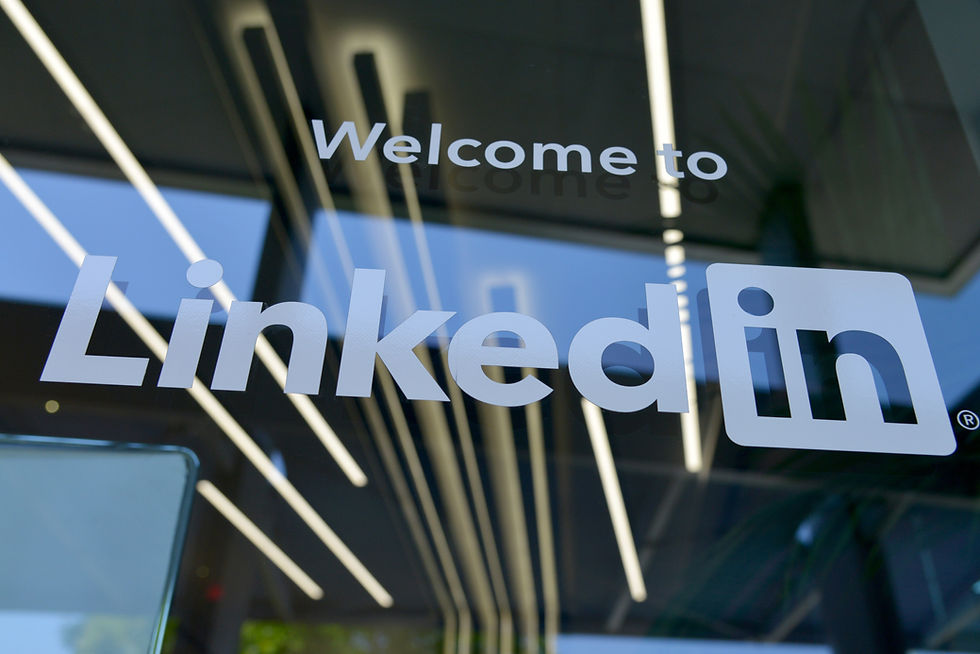Bridging the Generational Differences at Work
- Brandi Oldham

- Oct 13, 2023
- 3 min read
Updated: Oct 16
Have you ever listened to coworkers talk about a concert they attended when you were in elementary school? Or maybe you made a funny reference to a movie or TV show from the ‘90s, only to discover your younger coworkers have no idea what you’re talking about? Awkward! Generation gaps are not new, especially in the workplace.
Today’s workforce is a unique mix of four generations – Baby Boomers, Generation X, Millennials, and Generation Z. Each generation brings unique perspectives, experiences, and workstyles to the table. This week we’ll delve into tips for getting along with both older and younger coworkers, and why it’s important to make the effort.
Make Connections Through Active Listening
Active listening is an essential skill for any relationship, whether at work or in our personal lives. It’s also true when bridging a generation gap. Take the time to genuinely listen to the viewpoints and concerns of both older and younger coworkers. Forget stereotypes; it's important to avoid making assumptions or generalizations about a particular generation. Think about it: Do you like it when someone makes assumptions about you based on your age? Acknowledging your coworkers’ perspectives fosters an environment of respect. By actively listening, you can identify common ground and gain a deeper understanding of them. Sure, people of different generations may have different experiences and cultural references, but there are often shared interests that can serve as a foundation for bonding. Whether it's a love for sports, movies, books, or hobbies, discovering common ground can provide a basis for building rapport and connections with coworkers of all ages.
Explore Mutual Mentorship

One of the most significant benefits of working alongside individuals from different generations is the diverse range of perspectives they bring. Older coworkers often possess a wealth of experience and institutional knowledge, while younger colleagues offer fresh insights and innovation. Instead of viewing these differences as barriers, consider them opportunities for growth and learning. Engage in open conversations to share experiences, ideas, and learn from one another.
Reverse mentoring is a concept that is gaining traction in many workplaces. It involves older employees learning from their younger counterparts. No matter how old (or young) you are, you must stay open to learning from younger people. Older employees can provide mentorship based on their extensive experience, guiding younger colleagues through complex business decisions and professional growth. But there are also things your younger co-workers will know more about, and sharing information is beneficial to everyone.
Use Effective Communication
Clear and open communication is an absolute must in effective workplace relationships, and different generations tend to prefer specific methods of communication. If possible, tailor your communication method to accommodate these preferences.

Older coworkers might appreciate more formal communication, while younger ones may prefer a more casual and direct approach. Younger employees often prefer messaging apps over email or telephone contact, while their older colleagues are used to using those standard communication tools. Utilizing various communication channels, from in-person conversations to emails and messaging apps, caters to the diverse communication preferences of your coworkers.
NOTE: If your office uses a standard mode of communication such as email, you will need to put aside your personal feelings and adhere to the company standard, at least for company-wide communications. That’s not to say that you can’t lobby for change in the workplace, but you will need to abide by the cultural norms of your office in the meantime.
Collaboration and Teamwork Is Key To Bridging Generational Differences At Work

Much of today’s workplace is based on collaboration and teamwork, which means that you will be working closely with people older and/or younger than you on a regular basis. Collaborative projects bring diverse skills and viewpoints to the forefront, allowing everyone to learn from each other. Older employees can share their experiences and insights, while younger ones can contribute their technological proficiency and innovative ideas. When everyone recognizes the value each person brings to the table, it enhances teamwork and boosts overall productivity.
The modern workplace is evolving rapidly, and the ability to adapt is crucial for success. Embrace age differences as an opportunity for growth. By showing a willingness to adapt, you'll create an environment where everyone feels comfortable sharing their knowledge and exploring new ideas. By practicing active listening, fostering mentorship, communicating effectively to find common ground, and working collaboratively, you can build meaningful connections with co-workers of all ages. Remember, the real magic happens when you harness the power of a multigenerational workforce to create a harmonious and thriving workplace.
Want to be notified when a new blog is published? Sign up here!









Comments